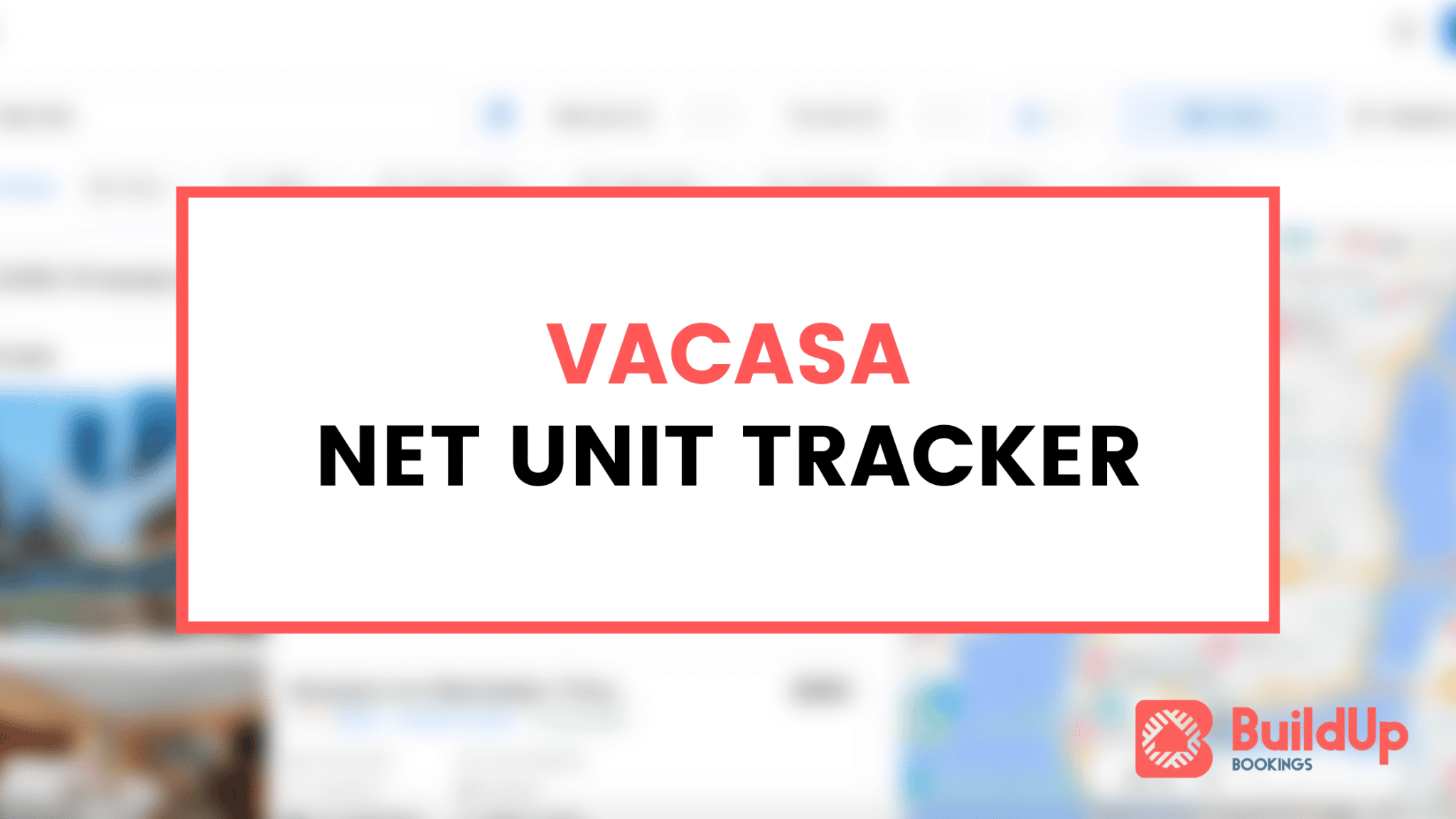Want to listen to this in podcast form? Check out this episode below:
Redesigning a website can be a great opportunity to refresh your online presence, improve user experience, and boost your online performance. But without careful planning and execution, a website redesign can also lead to costly mistakes that negatively impact your business. Let’s discuss five common mistakes to avoid when starting a website redesign. We’ll also provide some tips and tricks to plan and execute your redesign effectively.
You Need a Plan for Migrating Content
One of the most critical aspects of a website redesign is migrating your content. To do this successfully, you should follow a structured plan:
Create a Site Map: Start by creating a comprehensive site map that outlines all the existing pages on your website. Tools like Screaming Frog can help you crawl your site and collect this information.
Gather Data from Multiple Sources: Use various sources, such as Google Analytics top pages, Google Search Console, and tools like Ahrefs, to identify the most important pages on your current website. This ensures that you don’t overlook any critical content.
Consolidate Data: Compile all the data into a single document, like a Google Sheet, and then remove any duplicates.
Develop a Migration Strategy: Determine how you’ll transfer content from the old site to the new one. This may involve updating existing content, creating redirects, or restructuring your site’s information architecture.
By having a clear plan for content migration, you’ll make sure that your valuable information is preserved and organized correctly during the redesign.
You Need a Plan for Migrating Key Landing Pages
Key landing pages play a crucial role in driving conversions and revenue. By not migrating them during redesign, you could be looking at a significant loss. Here’s how to approach this:
Identify High-Converting Landing Pages: Review your analytics to identify landing pages that have consistently driven conversions and sales.
Prioritize Their Migration: Make these pages a top priority during the redesign process. Make sure they are updated and seamlessly integrated into the new website.
By migrating these key landing pages, you will maintain your revenue streams and continue to attract and convert visitors effectively.
You Need a Plan for Mapping Redirects
If your website has existing marketing efforts, such as email campaigns and Facebook ads, you need a plan for migrating them to the new site. Incorrectly handling redirects can lead to significant problems. Here’s what you should consider:
Use 301 Redirects: 301 redirects are the preferred method for guiding old traffic to new pages. They help maintain your SEO rankings and ensure visitors don’t encounter the dreaded “404 Page Not Found” error.
Check All Marketing Platforms: While Google often notifies you about 404 errors, platforms like Facebook might not. Make sure that your redirects are correctly set up to avoid wasting your marketing budget.
A well-executed redirect plan is critical to preserve your high-intent traffic and maintain your online presence.
You Need a Plan for Carrying Over Key Tracking and Marketing Pixels
Maintaining your tracking and marketing pixels is essential for monitoring website performance and collecting valuable data. Here’s how to make sure they don’t fall through the cracks:
Use Tag Manager: If you use Google Tag Manager, transferring your container is a straightforward process that carries over all your tracking pixels.
Verify Data Scripts: Ensure that any data scripts firing for your marketing tools are correctly integrated into the new website. Test them to confirm they continue to work as intended.
By preserving your tracking and marketing pixels, you will maintain crucial data and analytics for your website’s performance.
More Isn’t Always Better
While a website redesign offers the opportunity to improve various aspects of your site, it’s important to remember that adding complexity doesn’t always lead to better results. Every action you take should focus on improving business performance and user experience. Avoid making changes solely to appease search engines.
Focus on Business Performance: Carefully evaluate any changes in terms of how they contribute to your business goals. Will they enhance user engagement, conversion rates, or overall experience?
Use Heat Mapping Tools: Tools like Hotjar can help you gain insights into user behavior and engagement on your site. Use this data to make informed decisions rather than adding complexity for its own sake.
Creating a website redesign can be a game-changer for your online presence, but it should be approached with careful planning and execution. Avoiding the common mistakes mentioned in this post, such as having a clear content migration plan, preserving key landing pages, mapping redirects, carrying over tracking pixels, and avoiding unnecessary complexity, is crucial to the success of your redesign.
Additionally, post-launch monitoring and continuous improvement are absolutely crucial. If you can, launch during the shoulder or off-season to work out any issues before peak periods of heavy booking. A “set it and forget it” strategy definitely won’t yield the best results, so keep that in mind.
Lastly, and maybe even most importantly, make sure you have access to everything and own as much as possible. Own your domain name. Own your Google analytics account. You should always be the primary admin and then you can give access to your vendors and partners from these mechanisms. You’d be surprised at how much that little ounce of prevention can save you in headaches later.
When it’s clearly time for some updates and upgrades, don’t hesitate to implement them. Just be smart and proactive and plan the moves carefully. You’ll be watching your numbers climb in no time!








